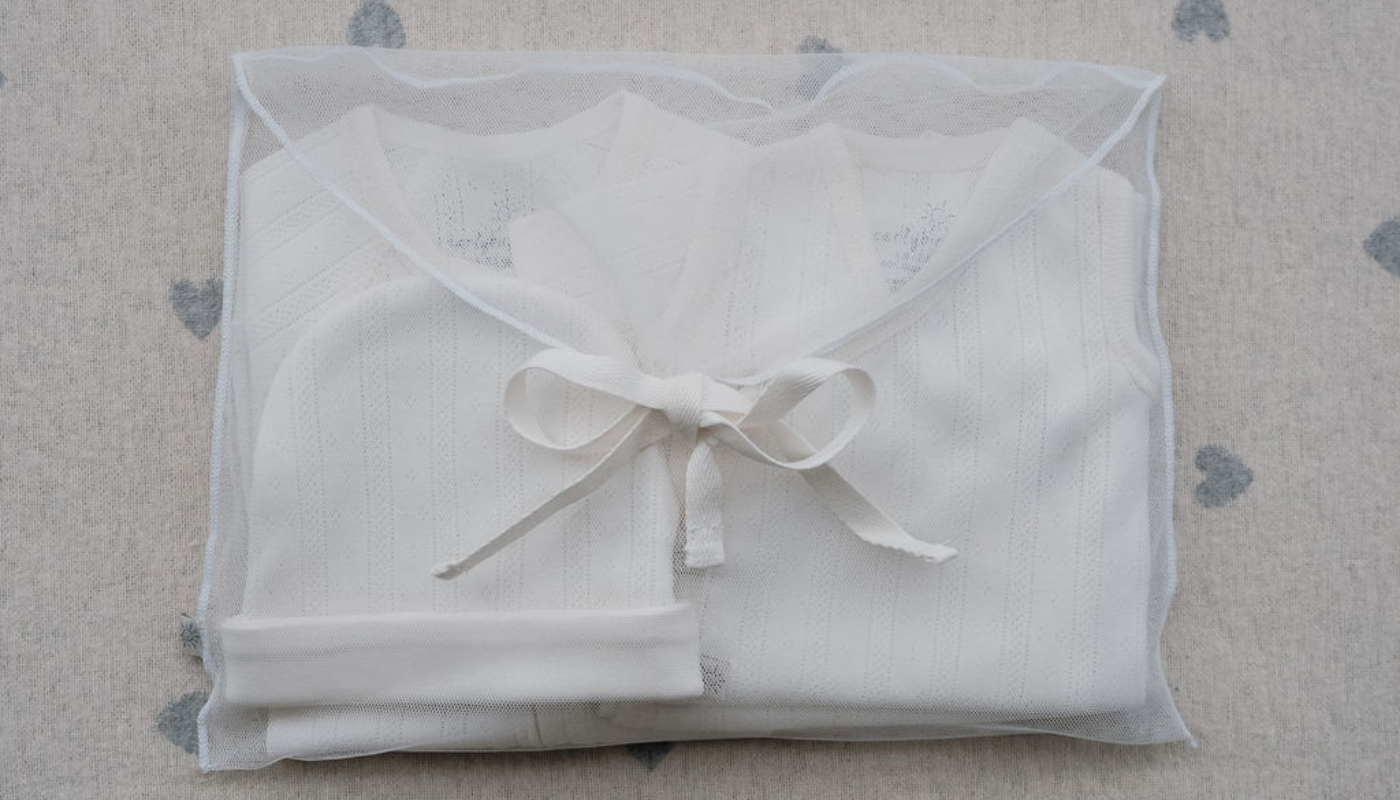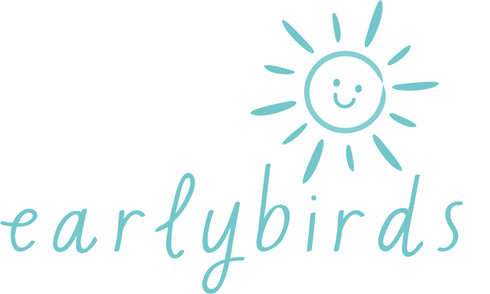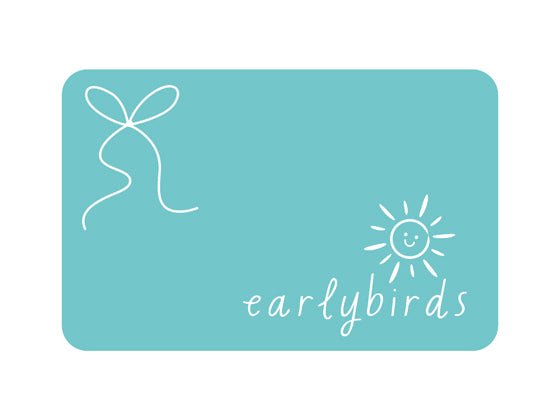When Breastfeeding a Premmie Feels Hard: You’re Not Alone
Breastfeeding is often pictured as a natural and beautiful experience, but for parents of premature babies, it can also be one of the most emotional and challenging parts of their journey. Many premmie parents hope to breastfeed their baby, only to find that their little one struggles to latch, tires quickly, or simply isn’t ready to feed at the breast. For some, medical complications or low milk supply make breastfeeding even harder, or not possible at all.
If you’re facing these challenges, please know you are not alone. Feeding a premature baby looks different for every family, and no matter how your baby receives nourishment—whether through breastfeeding, pumping, donor milk, or formula, you are providing love, care and exactly what your baby needs.
In this blog post, we’ll explore why breastfeeding can be more difficult for premature babies, the reasons behind these challenges and supportive ways to navigate this journey, including the use of nipple shields.
Whether you're breastfeeding, pumping, or finding alternative feeding solutions, your efforts are enough, and your bond with your baby is not defined by how they feed. Please also always seek professional advice to ensure the best possible experience for you and your little one.
Why can breastfeeding be harder for premature babies?
Breastfeeding is more difficult for premature babies due to several factors related to their development and medical needs. Here are the main reasons:
Low milk supply can be also be challenge when breastfeeding a premature baby, but it’s usually a result of the baby’s early birth rather than the cause of feeding difficulties.
- Pump breast milk so it can be given via a bottle or feeding tube until the baby is ready to latch
- Use skin-to-skin contact (kangaroo care) to help stimulate milk production and encourage natural feeding instincts
- Work with a lactation consultant for positioning and latch techniques
- Be patient - some premmies need weeks before they can exclusively breastfeed
Why premature birth can affect milk supply
- Delayed Milk Production – Mothers of premmies may experience a delay in their milk coming in because their bodies weren’t fully prepared for lactation
- Lack of Direct Breastfeeding – If a baby is too small or weak to breastfeed effectively, the breasts don’t get enough stimulation to produce a full milk supply
- Stress and Medical Factors – Many mothers of preemies experience stress, medical complications or C-sections, which can interfere with milk production
- Frequent Pumping Challenges – If a baby can’t latch, a mother needs to pump regularly to maintain supply, but pumping isn’t always as effective as direct feeding at the breast
How to boost milk supply for a premmie
✔ Start pumping early and often – Use a hospital-grade pump within a few hours of birth and pump every 2–3 hours (at least 8 times per day).
✔ Practice skin-to-skin contact (kangaroo care) – This helps stimulate milk production and bonding.
✔ Try power pumping – Mimics cluster feeding by pumping for 10 minutes, resting for 10 minutes, and repeating for an hour.
✔ Stay hydrated and eat well – Good nutrition and plenty of fluids support milk production.
✔ Consider lactation support – Herbs like fenugreek or medications (as advised by a doctor) can help.
✔ Work with a lactation consultant – They can help with latch techniques and transitioning from pumping to breastfeeding.
How nipple shields can support premmie breastfeeding

- Choose the right size—a lactation consultant can help determine the best fit.
- Ensure proper positioning—the baby should still have a deep latch, with lips flanged outward.
- Monitor weight gain—some babies may need extra support if they aren’t getting enough milk.
- Wean off gradually—once the baby develops a stronger suck, try removing the shield to encourage direct nursing

Advantages and challenges of using a nipple shield
Using a nipple shield may offer several benefits:
- Provides palatal stimulation for babies who need help sucking rhythmically
- Assists small babies in improving milk transfer when latched properly
- Supports a wide, open mouth position during feeding
- Helps maintain a secure latch for babies who struggle with breastfeeding
While nipple shields can be beneficial, they also present some challenges:
- Some babies may become dependent on the shield’s firm texture, making the transition back to the breast more difficult.
- It may take weeks for some babies to fully wean off the shield.
Cleaning and storing a nipple Shield
- Rinse with cold water immediately after use.
- Wash in hot, soapy water, ensuring all milk residue is removed.
- Rinse thoroughly and allow to air dry or pat dry with a clean paper towel.
- Store in a clean, dry container with a lid, washing the container daily.
Conclusion: Every Feeding Journey is Valid and Important
Breastfeeding a premature baby can be a journey filled with challenges, emotions, and uncertainty. Whether you’re struggling with latch issues, relying on pumping, supplementing with donor milk or formula, or finding your own unique way to nourish your baby, know that you are not alone. The most important thing is that your baby is fed, loved, and growing—no matter how that happens.
If breastfeeding is difficult or not possible, it does not define your ability to care for and bond with your child. Every effort you make, from holding your baby skin-to-skin to providing nourishment in any form, is an incredible act of love.
Remember to seek support when you need it—whether from lactation consultants, healthcare providers or fellow parents who understand the journey. With time, patience, and the right resources, you will find a feeding solution that works for both you and your baby. You are doing an amazing job.
Help and support with breastfeeding
It is okay to ask for help if you are finding it difficult. Breastfeeding is something that mums and babies need to learn. Sometimes partners and families need support too.
Support from partners, families and friends can help mums to continue breastfeeding.
Australian Breastfeeding AssociationThe Australian Breastfeeding Association (ABA) runs the National Breastfeeding Helpline. This 24/7 free service, is available on 1800 mum2mum (1800 686 268).
For further support, consider these resources:








